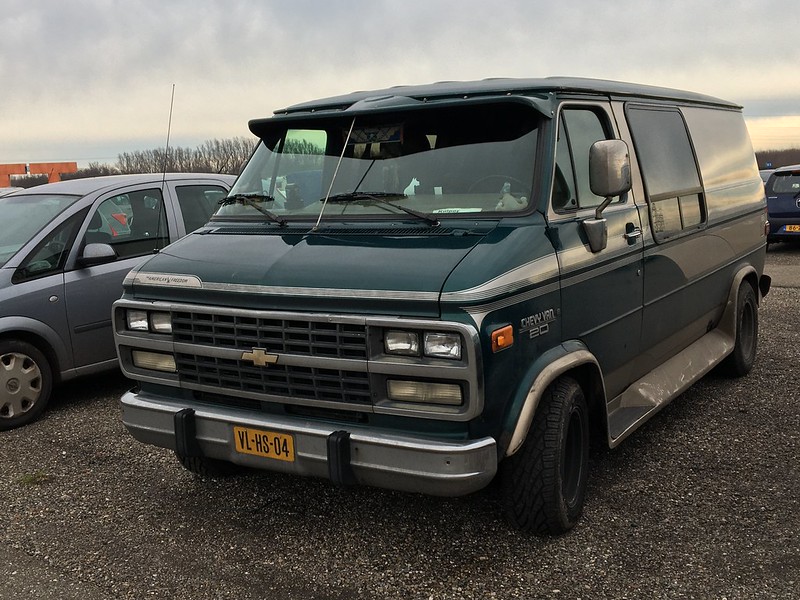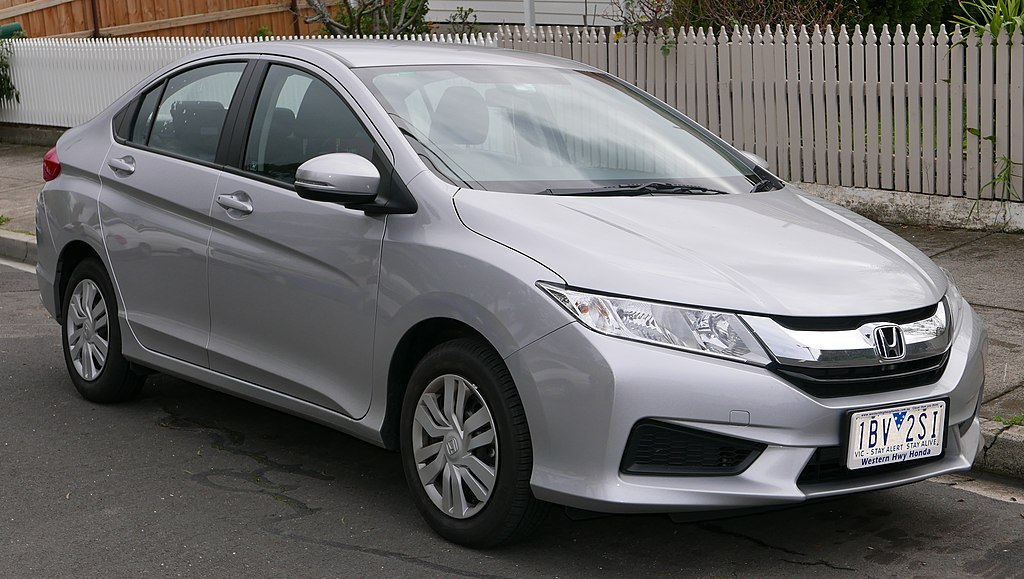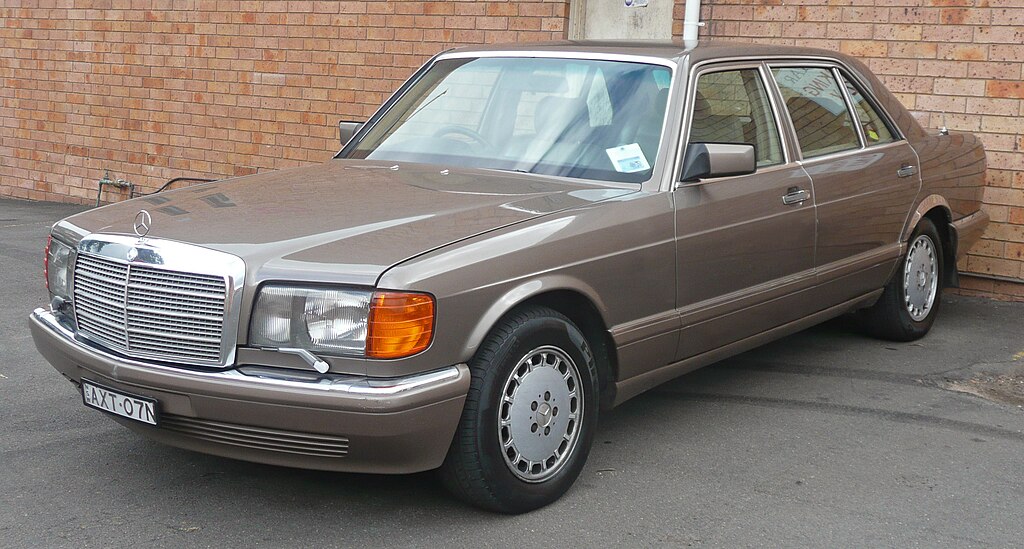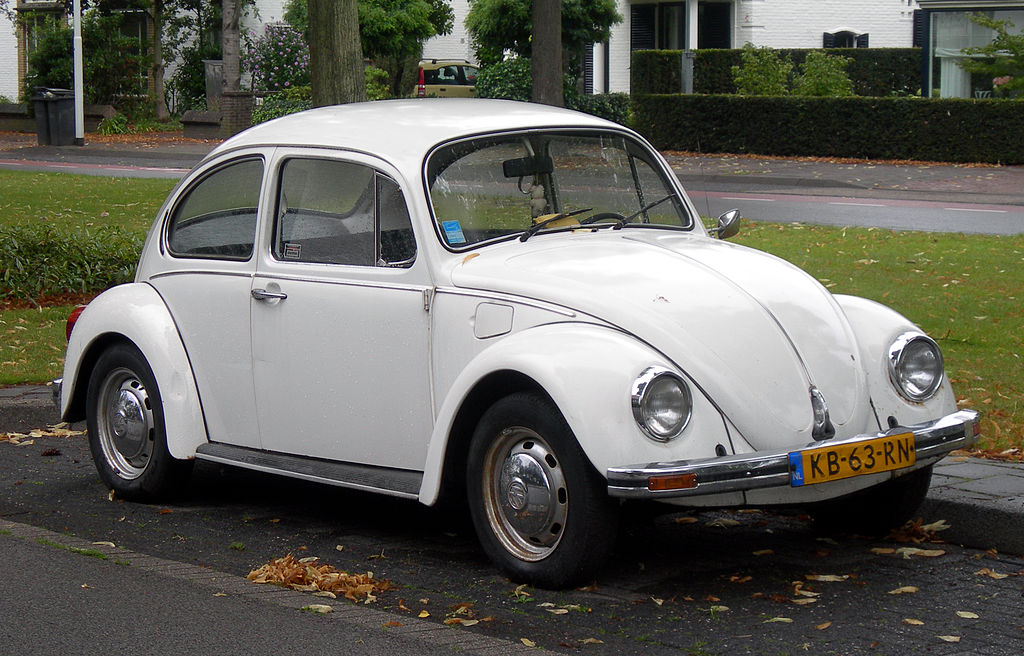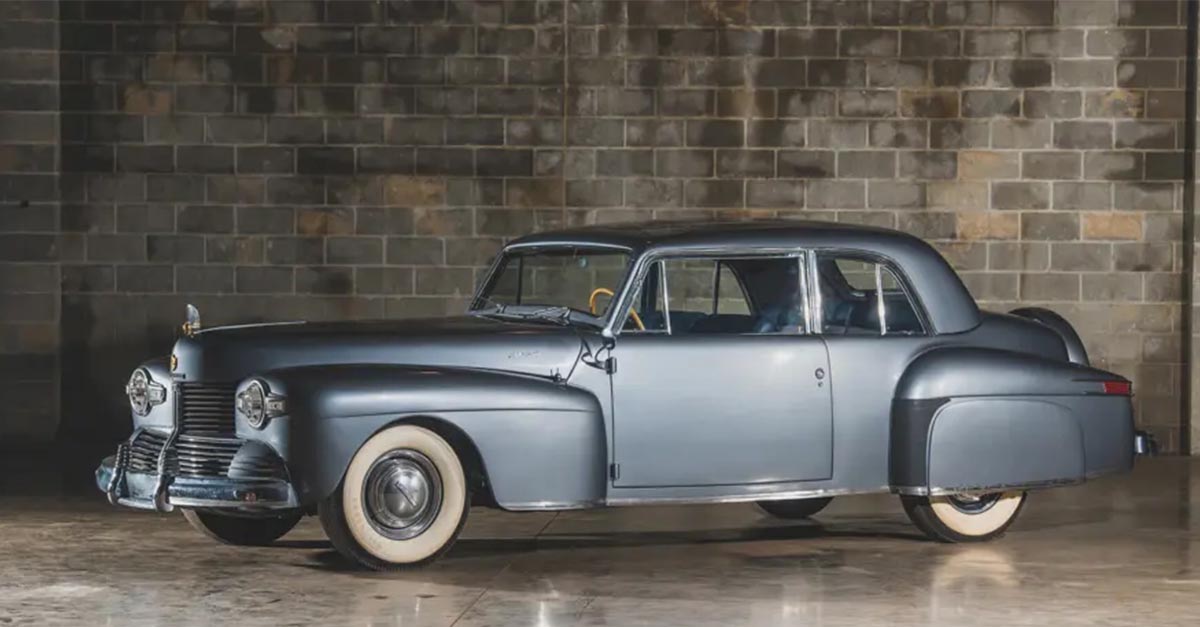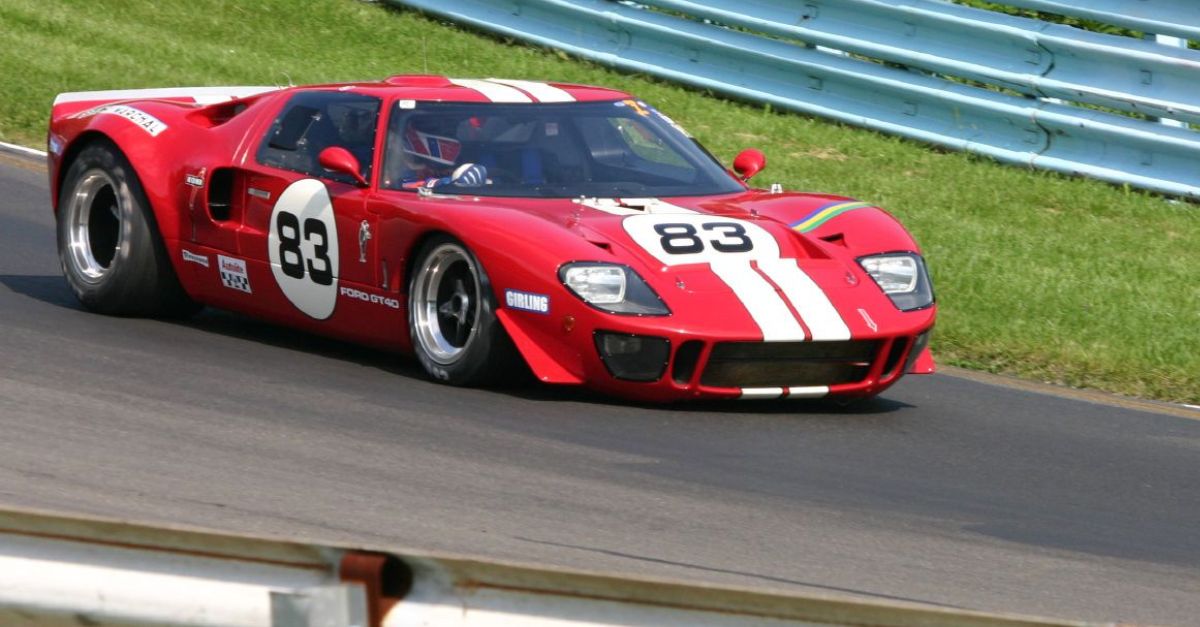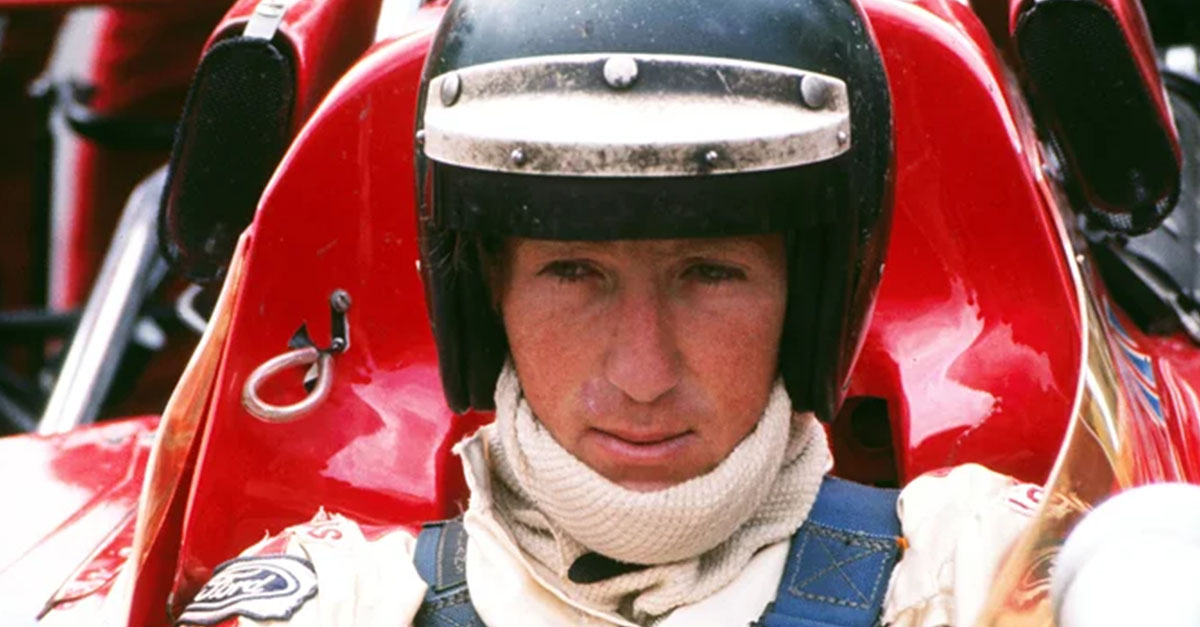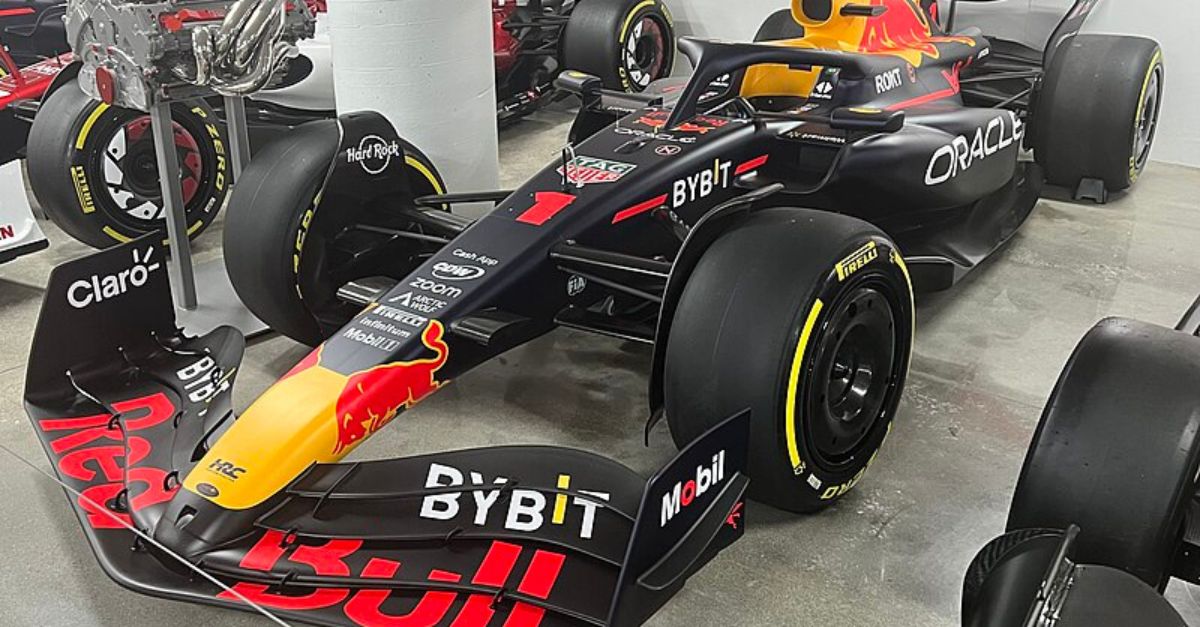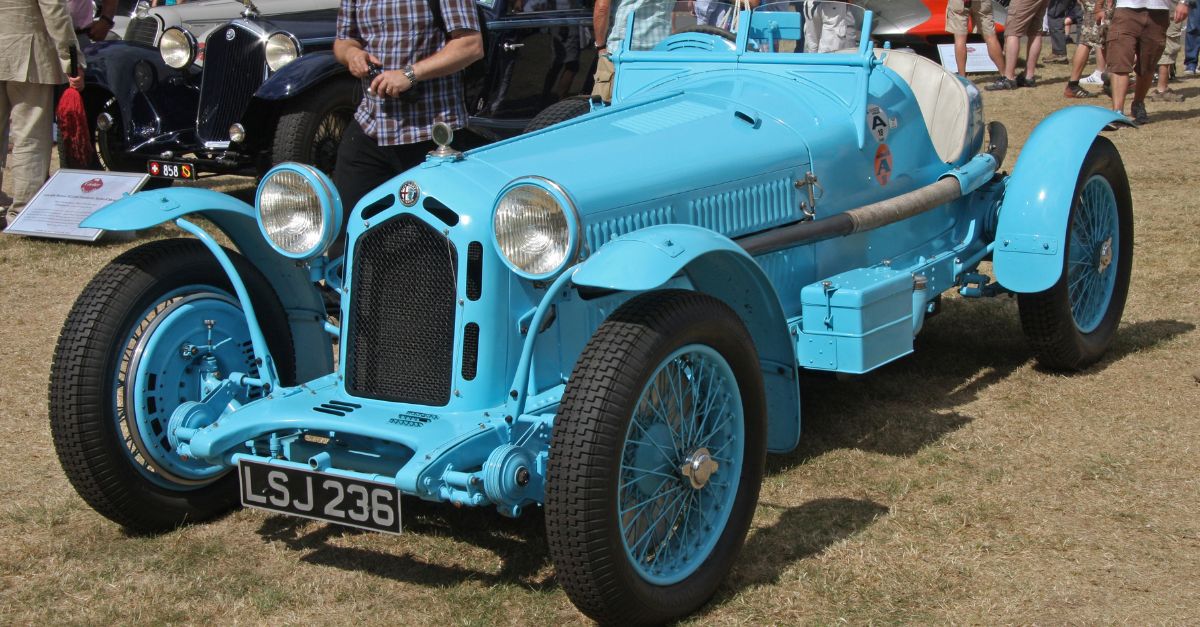The Cars With The Longest Production Runs Of All-Time
Many classic 1980s, '90s, and early 2000s classic cars have a production run spanning decades. Their longevity speaks to excellent engineering and that their manufacturers found a winning formula they could make slight (or large) improvements upon with each new model while maintaining the same basic elements that make these vehicles timeless.
These are some of the longest production runs in American automotive history, with many of these cars still being produced to this day.
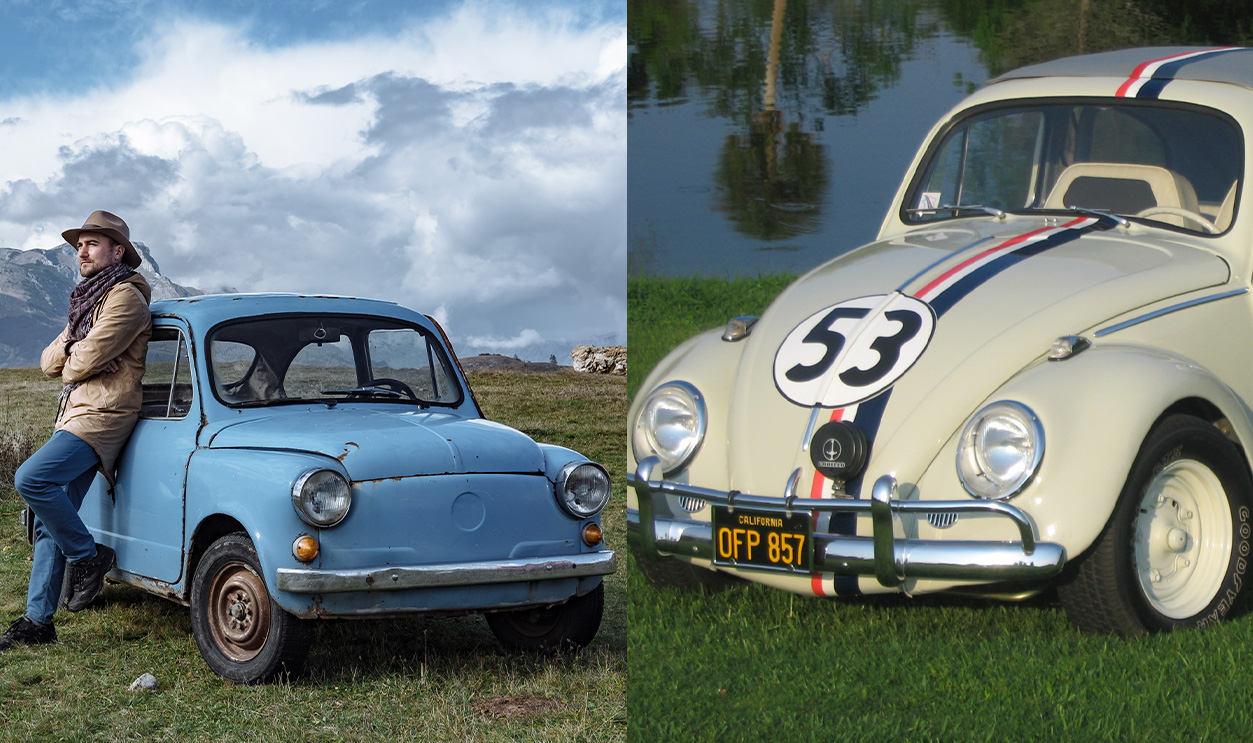
Jeep Wagoneer
The Jeep Wagoneer was first developed in 1962 by Kaiser Motors, intended as a do-it-all vehicle and successor to the Jeep Station Wagon. This body-on-frame design became known as the "sport utility vehicle", and as such, the Wagoneer (SJ version) is the original SUV. The Wagoneer was sold under the Jeep name as the name changed hands multiple times since 1962, eventually becoming the property of Chrysler. The last Jeep Wagoneer was produced in 1991.
The original SUV had 29 years of faithful service through three generations until 1993. No new iterations of the Wagoneer were released until 2022, when Jeep revamped the Wagoneer as a full-size luxury SUV.
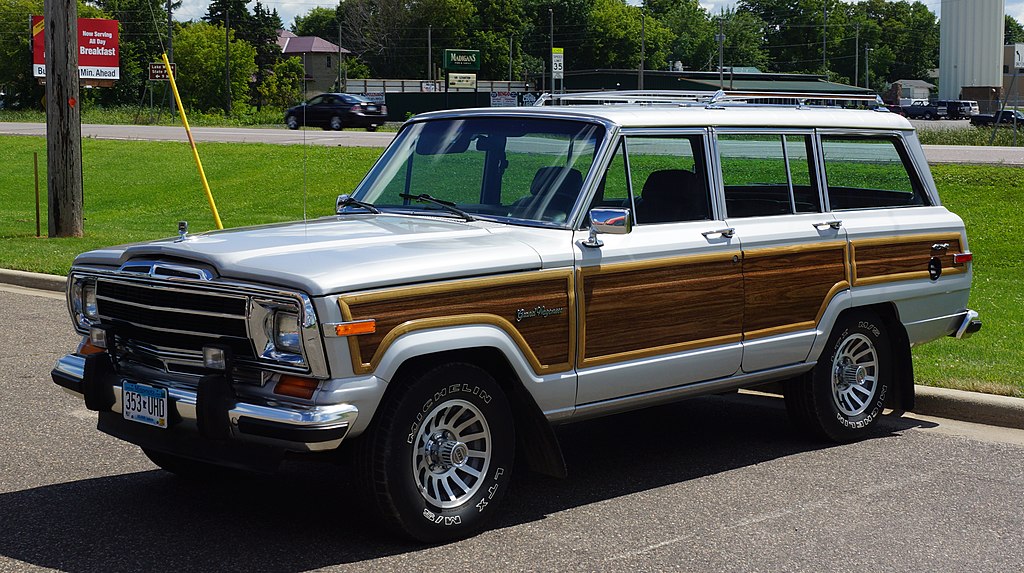 Greg Gjerdingen, CC BY 2.0, Wikimedia Commons
Greg Gjerdingen, CC BY 2.0, Wikimedia Commons
Land Rover Defender
While originally a British vehicle, the Land Rover Defender has become something of a favorite among American off-roadies and collectors alike, particularly those who might own a Land Rover Series I from 1948! However, the modern Land Rover Defender was first released on the American market in 1993, giving them the shortest production run on our list of just 31 years.
 Vetatur Fumare, CC BY-SA 2.0, Wikimedia Commons
Vetatur Fumare, CC BY-SA 2.0, Wikimedia Commons
Chevy Van
The Chevrolet Van was built from 1964 to 1996 and, sold in both passenger and cargo van configurations, it was a rival to the ever-popular VW Bus. While it may not immediately spring to mind as a vehicle with longevity, 32 years of vans isn't something to scoff at.
Renault 4
Although it enjoyed a short run in the United States, the Renault 4 has maintained popularity in Europe since it was first introduced by the French automaker in 1961, with ample space in the trunk for deckchairs and luggage. The American version of the Renault 4 featured three-speed and four-speed manual transmissions and was most commonly sold as a five-door hatchback. The Renault 4 was produced for 31 years, concluding its storied run in 1992.
 Mr.choppers, CC BY-SA 3.0, Wikimedia Commons
Mr.choppers, CC BY-SA 3.0, Wikimedia Commons
Jeep Wrangler
The Jeep Wrangler was first introduced to the American public in 1987, under the Wrangler YJ model. Brought to the public as a mid-size off-road vehicle to rival the Chevrolet Suburban and the Ford Bronco, the Wrangler was an improvement on the old Jeep CJ models, with an added roll bar to prevent you from ending up on your roof! The Jeep Wrangler is entering its 35th year of production, but is almost unrecognizable from the OG Wrangler, much to the chagrin of Jeep lovers.
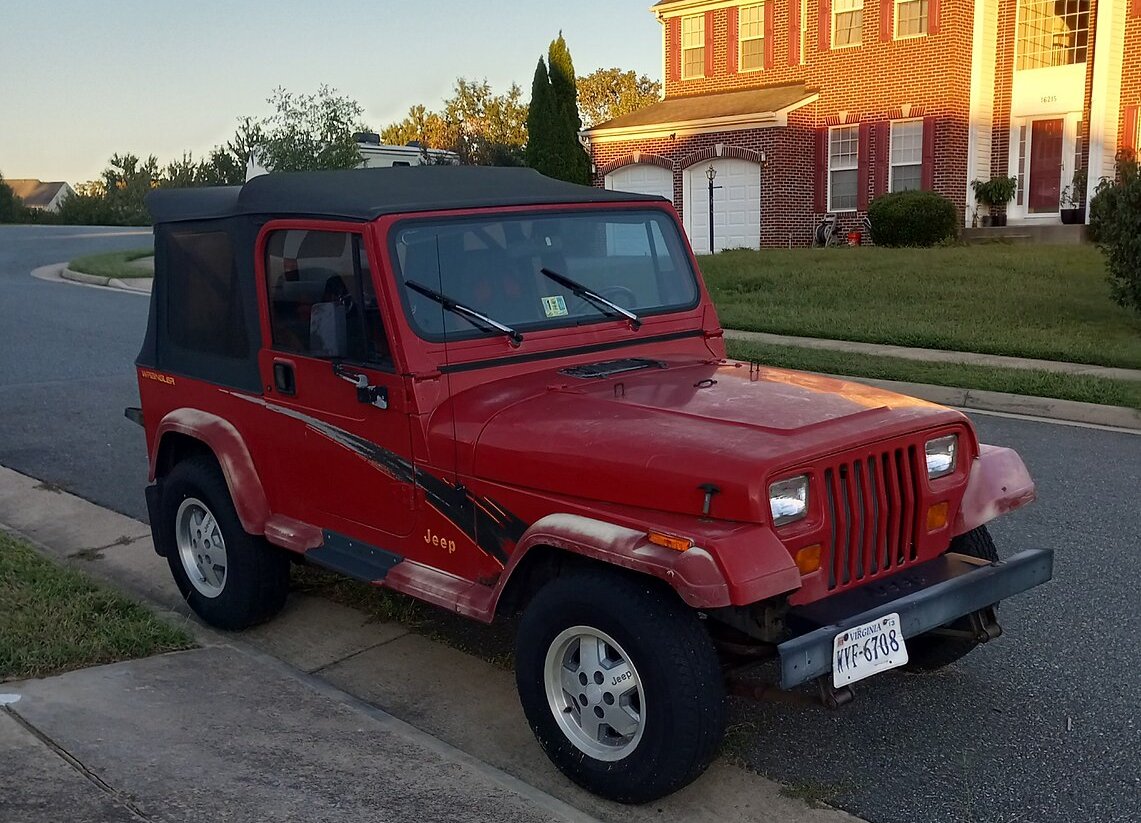 WaddlesJP13, CC BY-SA 4.0, Wikimedia Commons
WaddlesJP13, CC BY-SA 4.0, Wikimedia Commons
Fiat Panda
Who'd have thought that the humble, tiny Fiat Panda would last so long in a North American market that generally favors larger vehicles? Well, unfortunately for Fiat, 2022 would be its final year of selling the Panda in North America, as Fiat saw a 90.7% drop in sales in 2022. Still, for a car that's been sold in North America since 1980, a 38 year production run is pretty impressive—particularly for an Italian car that didn't fit the traditional mold of American vehicles.
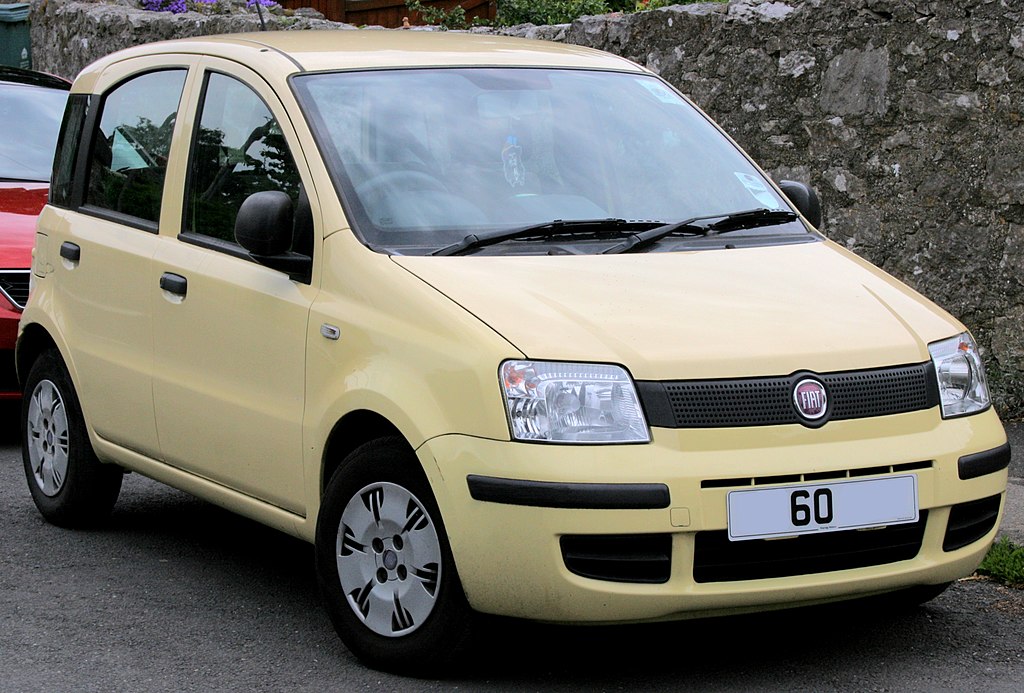 DieselFordMondeo, CC BY-SA 4.0, Wikimedia Commons
DieselFordMondeo, CC BY-SA 4.0, Wikimedia Commons
Nissan/Datsun Sunny/Sentra
The better-known Nissan Sentra began life as the Datsun Sunny, available from 1966 as either a two-door sedan or a station wagon. It continued production from 1966 till 2004, making another 38-year production run for a car that was designed to compete with the ever-steady Toyota Corolla.
Mini
The tiny Mini was a four-seat, two-door car produced by the British Motor Corporation between 1959 and 2000, and is widely considered one of the most iconic British cars of all time. The tiny Mk1 Mini was only 10 feet long and four feet, seven inches high. Useful for zipping about town and doing all your daily driving, the Mk1 Mini could go an impressive 71 mph at full tilt. Produced from 1959 until 2000, the Mini's storied history of 41 years is truly one of the best of British engineering.
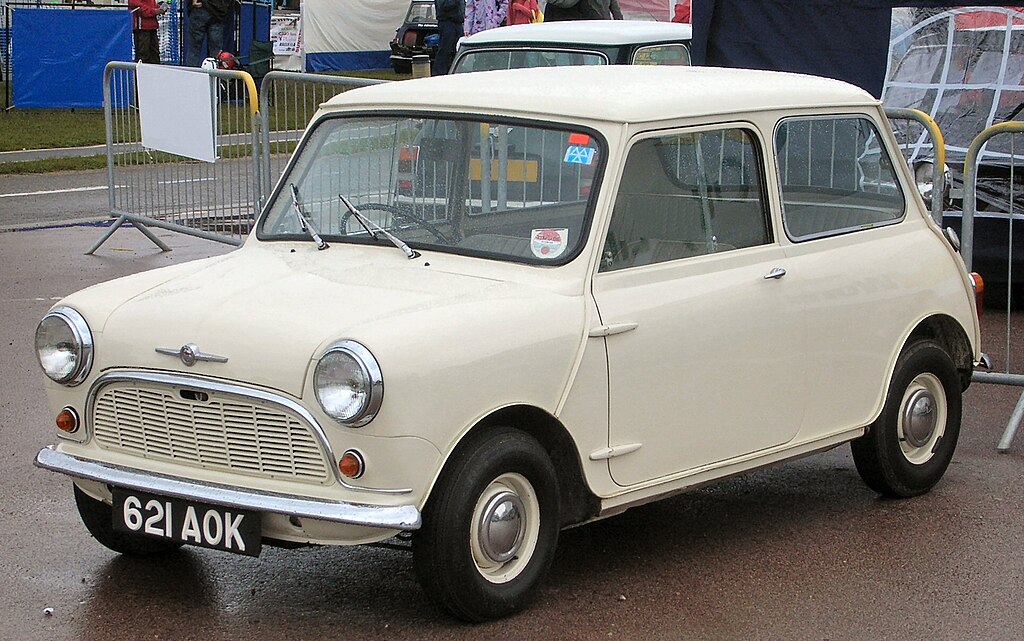 DeFacto, CC BY-SA 2.5, Wikimedia Commons
DeFacto, CC BY-SA 2.5, Wikimedia Commons
Jeep CJ
The Jeep CJ was first built in 1945. Based on the military Jeeps produced by Willys-Overland, the "CJ" or "Civilian Jeep", was heavily influenced by its military compatriot, but with an added tailgate and a spare wheel that was relocated to the side of the car. The CJ was produced for 41 years between 1945 and 1986. It was exported and sold across various global markets without much massive innovation taking place, except for the Jeep Scrambler, which featured a long wheelbase and pick-up truck style bed, used by the Alaskan Postal Service.
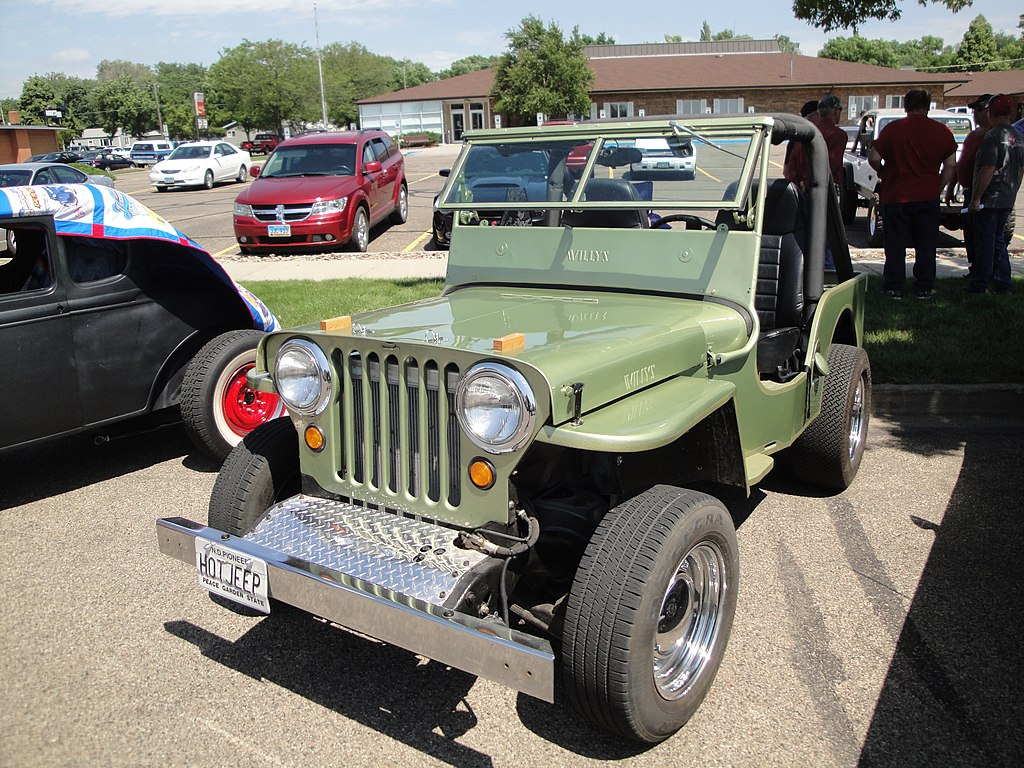 Greg Gjerdingen, CC BY 2.0, Wikimedia Commons
Greg Gjerdingen, CC BY 2.0, Wikimedia Commons
Citroen 2CV
First produced by the French automaker in 1948, the Citroen 2CV was a front-wheel drive, front-engine mounted car that was created to bring an affordable option to French citizens seeking to get into the automobile market. The small car performed brilliantly in France and became the second Citroen model to hit over a million sales in its 42-year production run between 1948 and 1990.
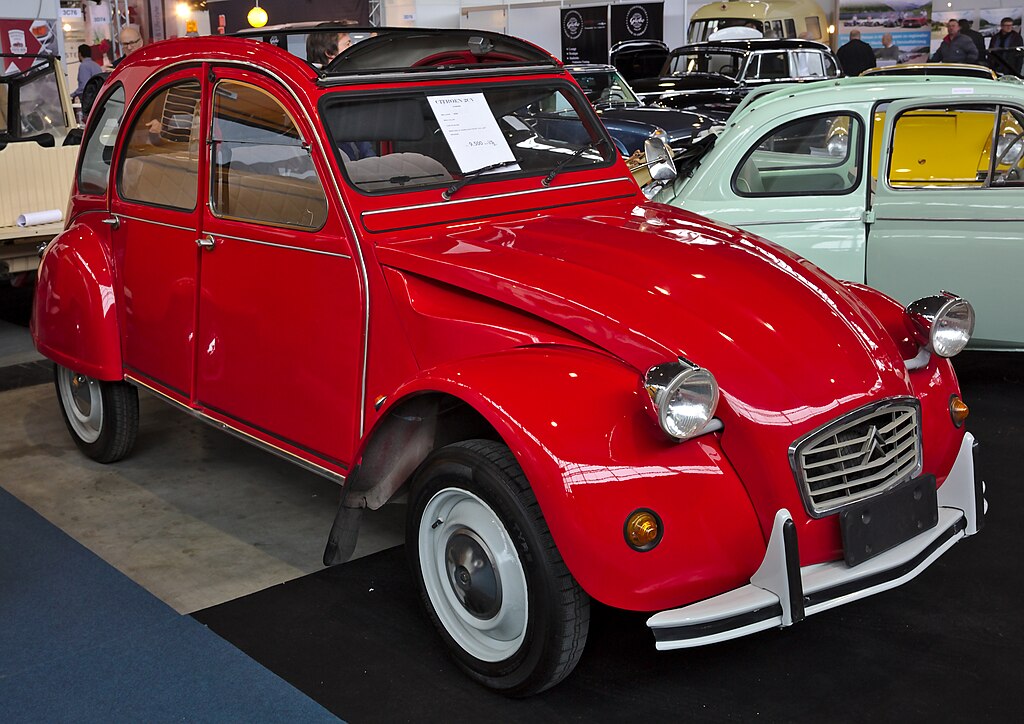 Alexander Migl, CC BY-SA 4.0, Wikimedia Commons
Alexander Migl, CC BY-SA 4.0, Wikimedia Commons
Honda City
The Honda City has been produced since 1981 in Japan and was originally available as either a three-door hatchback or a two-door convertible. Now in its seventh generation, the City has been rolling off Honda production lines for 43 years.
Mercedes G-Class
While the original Mercedes G-Class model, the W460, was never officially released to the North American market, it did end up on American shores in 1979 via the grey market import business. The boxy, Land-Rover-esque G-Class was perfect for many American off-road enthusiasts who wanted to try a little European off-road engineering. The G-Class importation loophole was closed by a new 1988 law, but still, the Mercedes G-Class has been hitting American roads for 45 years.
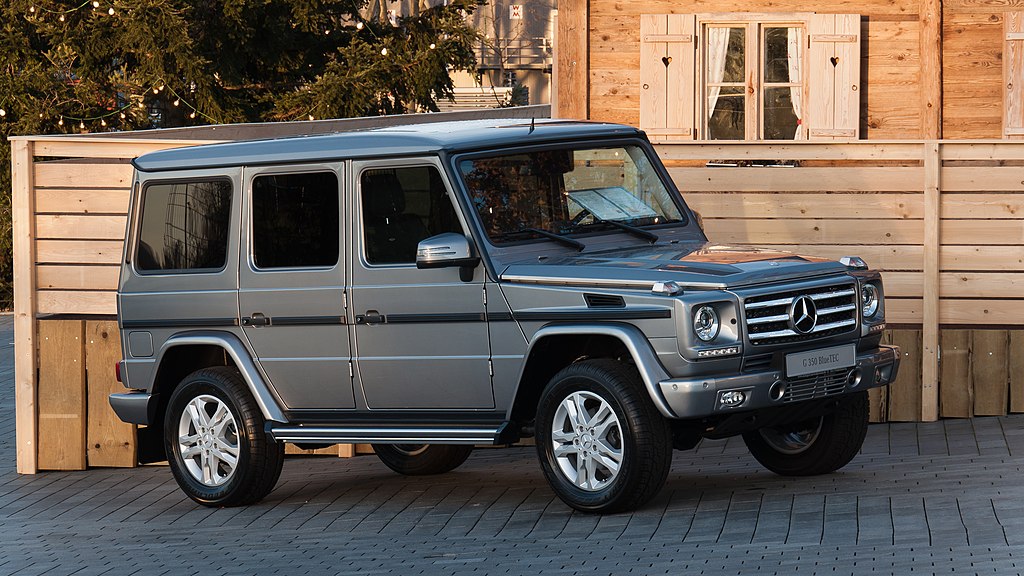 Julian Herzog, CC BY 4.0, Wikimedia Commons
Julian Herzog, CC BY 4.0, Wikimedia Commons
Volkswagen Jetta
Built as a subcompact car since 1979, the Volkswagen Jetta is another entry onto our list of "cars that you probably had as a teenager". In North American markets, the VW Jetta was produced as a saloon in the late 1970s to great effect, as they became a commercial success. This would pave the way for 45 years of largely unchanged aesthetics in the VW Jetta.
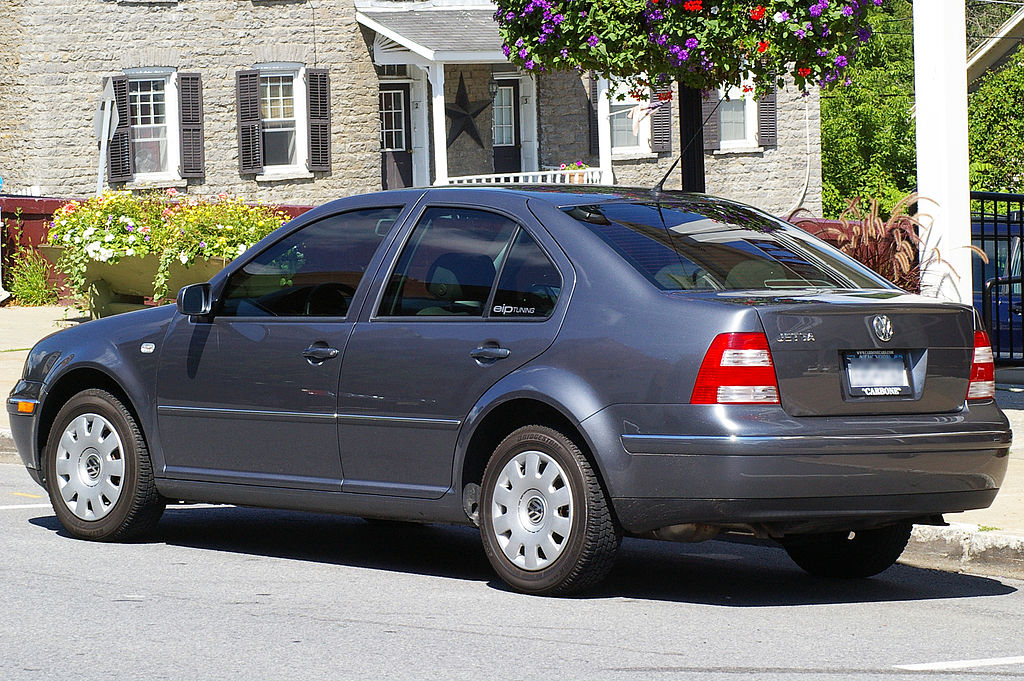 N-Lange.de, CC BY-SA 3.0, Wikimedia Commons
N-Lange.de, CC BY-SA 3.0, Wikimedia Commons
Lada Niva Legend
You may not have heard of the Lada Niva Legend, or its creators, AvtoVAZ—that's because these Russian vehicles were never officially sold in the United States. Produced as a "unibody" car since 1977, the Lada Niva Legend was the world's first mass-produced unibody vehicle (meaning the frame and body are one piece), and is considered a predecessor to the crossover SUVs of the modern era. Having been in production in Russia since 1977, it became the longest production-run vehicle still manufactured in its original form. It has been coming off Russian shelves for 47 years.
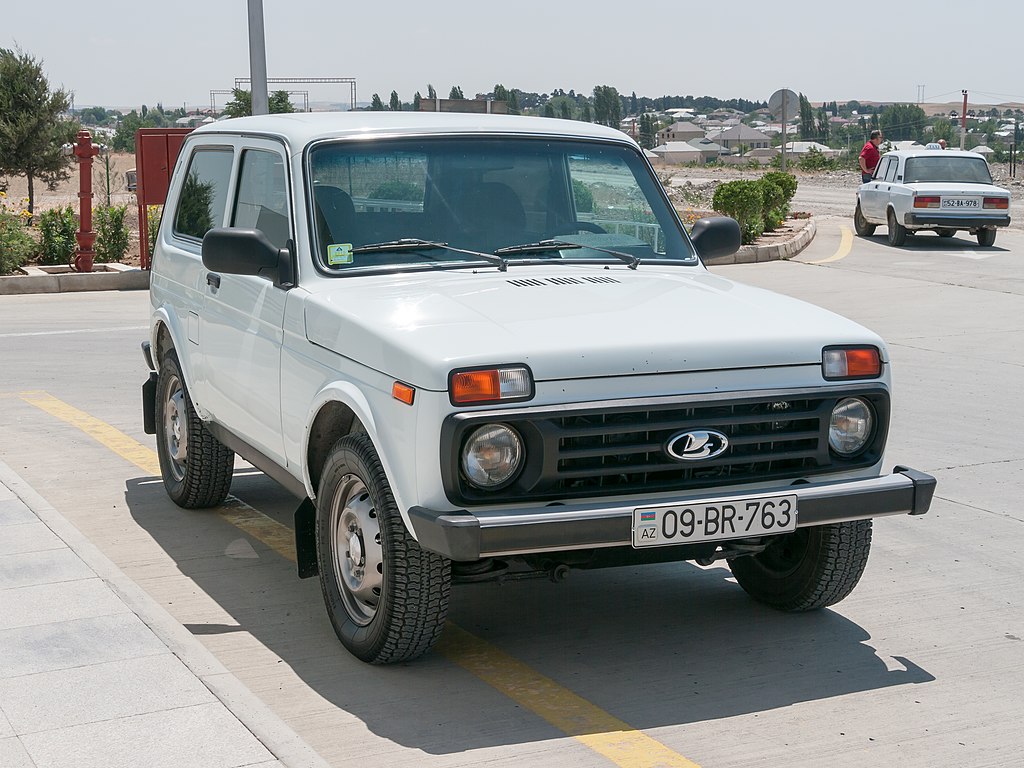 Matti Blume, CC BY-SA 4.0, Wikimedia Commons
Matti Blume, CC BY-SA 4.0, Wikimedia Commons
Honda Accord
When Honda first released the Accord in 1977, the North American market lapped it up. Billed as an ultra-reliable workhorse of a family vehicle, the four-door sedan had a tune-up range of 15,000 miles—there's that Japanese reliability again. Its five-speed transmission, radial tires, AM/FM radio, and a rear hatchback window wiper were hugely popular, as were its ample leg-room and storage space which were a big hit among Americans. The Accord has matched the longevity of the Lada Niva at 47 years of continuous production.
 Dinkun Chen, CC BY-SA 4.0, Wikimedia Commons
Dinkun Chen, CC BY-SA 4.0, Wikimedia Commons
BMW 3 Series
The BMW 3 Series not only accounts for nearly 30% of all BMW sales globally every year, but is generally one of its most successful cars ever produced. Known as the BMW E21, the original 3 Series was released in Europe in 1975 and in North America in 1977. BMW has been producing the 3 Series for 47 years.
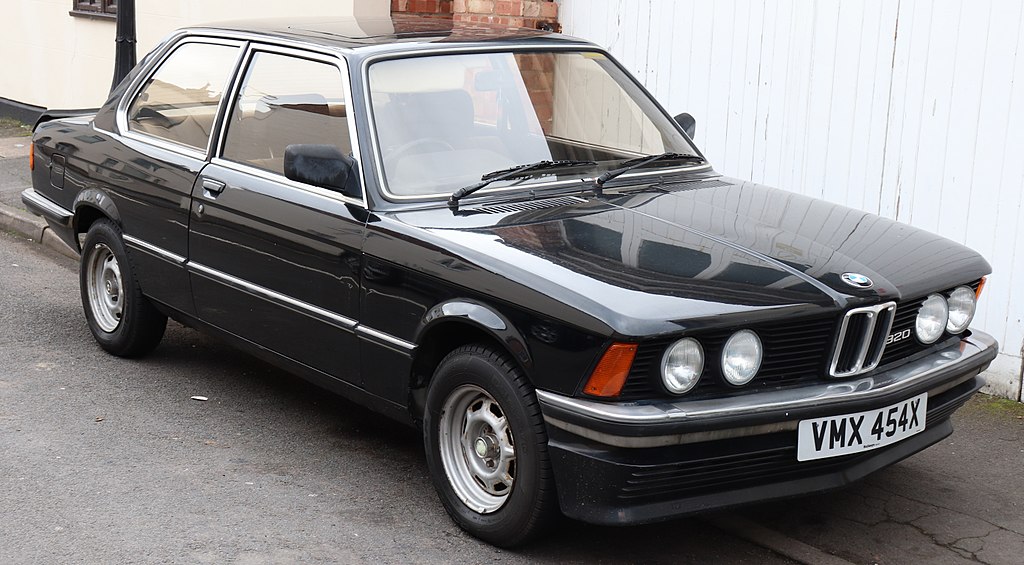 Vauxford, CC BY-SA 4.0, Wikimedia Commons
Vauxford, CC BY-SA 4.0, Wikimedia Commons
Ford Fiesta
Originally conceived in Europe as a successor to the Ford Escort, the smaller, lighter Fiesta was a three-door hatchback designed to get you and the kids from A to B with minimal fuss. However, upon its release in the North American market in 1976, Ford immediately discovered that the engines generally weren't big enough for Americans. So, they re-released the Fiesta with a larger engine, a catalytic converter and an air pump to fit the Californian air quality regulations. The humble Ford Fiesta has changed a lot over time, but the essence of this nifty little runabout car is still there, 48 years later.
 Vauxford, CC BY-SA 4.0, Wikimedia Commons
Vauxford, CC BY-SA 4.0, Wikimedia Commons
Volkswagen Polo
This tiny car came with a four-cylinder petrol engine when it was first released in 1975 worldwide. The Polo was a lean, green machine with not much going for it in the looks department. It was a practical car designed to get you from A to B with the kids. When the Polo's bigger brother, the Volkswagen Derby "saloon", was released in 1977, it simply featured a bigger trunk, but was otherwise identical to the Polo. Now in its seventh generation, the Polo has been produced for 49 years.
 Vauxford, CC BY-SA 4.0, Wikimedia Commons
Vauxford, CC BY-SA 4.0, Wikimedia Commons
Volkswagen Golf
The Volkswagen Golf: For many of you, it may have been your first car, or certainly an affordable second car option for those who didn't need much room. Lord knows, that hasn't changed in the near 50-year run of the Golf. First introduced in 1974 to the American market as the Volkswagen Rabbit, the nifty little car certainly lived up to its name. 2024 marked its 50th year of production, as VW celebrated the eighth generation of the Golf.
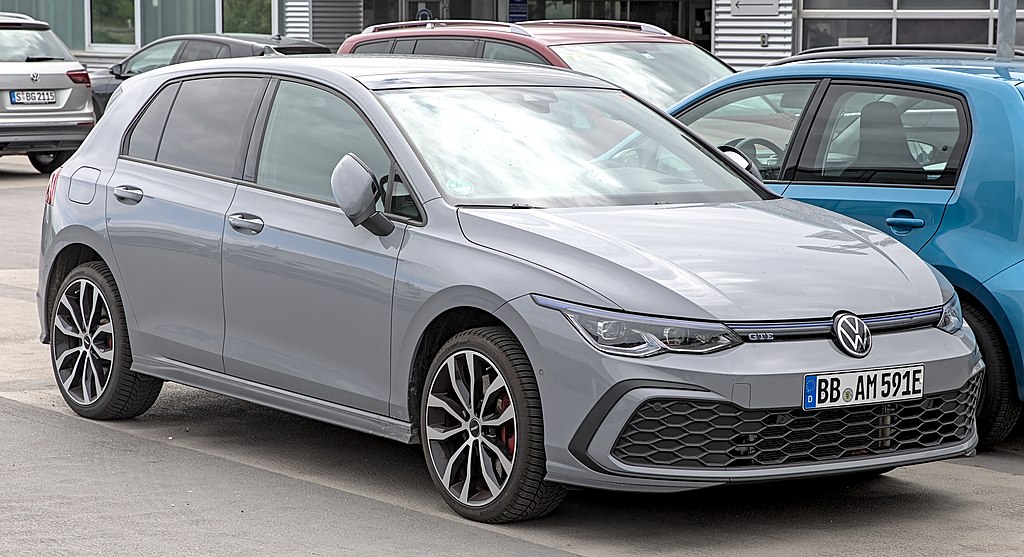 Alexander Migl, CC BY-SA 4.0, Wikimedia Commons
Alexander Migl, CC BY-SA 4.0, Wikimedia Commons
Volkswagen Passat
The Volkswagen Passat was first released in 1973 as a competitor to the Audi 80 family vehicle, being nearly mechanically-identical to the Audi, VW made the Passat as either a two-door or four-door sedan, or a three-door or five-door hatchback. It was the only one of the vehicles from Europe to feature four-wheel-drive and be a hatchback at the time.
The Passat is now half a century old and still churning out high sales figures, 51 years after it was first released.
 Vauxford, CC BY-SA 4.0, Wikimedia Commons
Vauxford, CC BY-SA 4.0, Wikimedia Commons
Honda Civic
Everyone had one of these as a young driver, right? No? The Honda Civic may have been one of the most popular teenage cars of all-time in the late 2010s, but it all started in 1972, when Honda launched the first generation Civic. Equipped with a water-cooled engine, reclining seats, AM/FM radio, and air conditioning, the Civic was an everyday driver's dream. That's why it's one of the best-selling automobiles of all time, having sold over 27 million units in it's 52-year history.
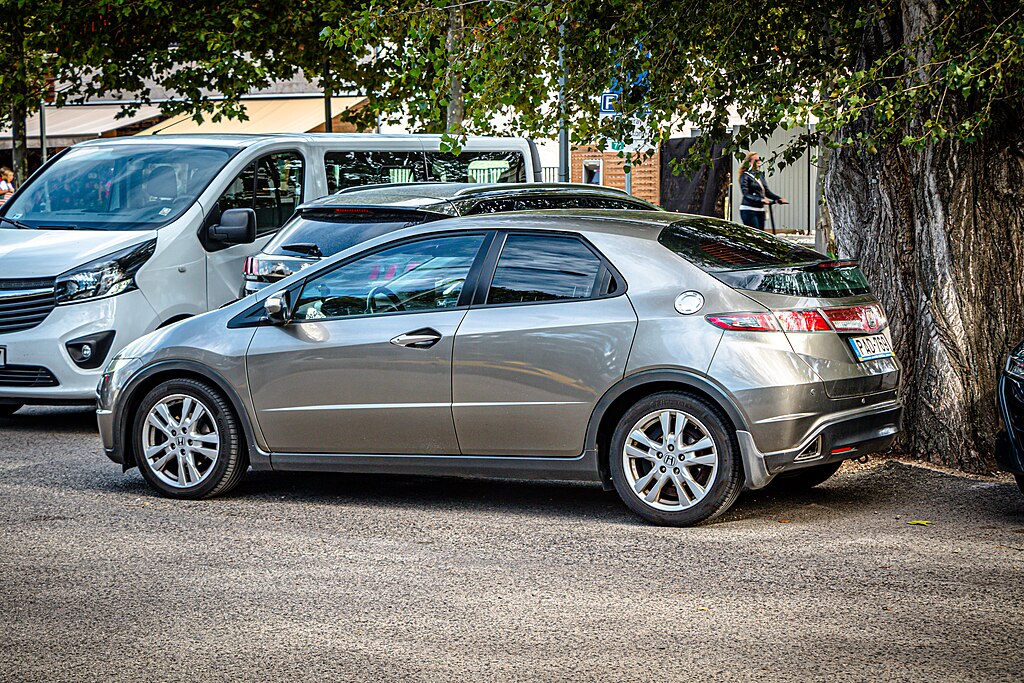 DavidivardiIL, CC BY-SA 4.0, Wikimedia Commons
DavidivardiIL, CC BY-SA 4.0, Wikimedia Commons
Range Rover
The Range Rover is another invention of the British off-road geniuses at Land Rover. Officially still owned by Land Rover, the Range Rover was designed in 1951 as a larger wheelbase version of the Land Rover, but the design was shelved for almost 20 years as Land Rover technicians worked on making the company's flagship (the Land Rover) a success. When the idea was relaunched as a concept in 1969, it was known originally as the "Road Rover".
First released to the public in 1970, the Range Rover is now its 54th year of production and fifth generation of vehicles.
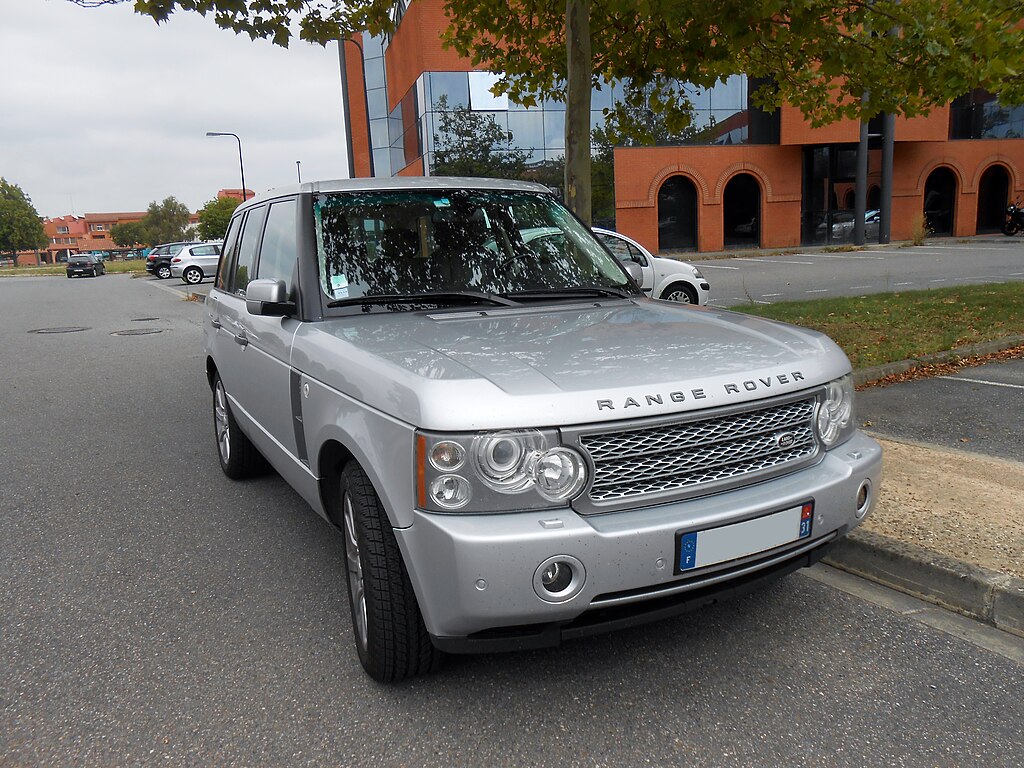 Handelsgeselschaft, CC BY-SA 4.0, Wikimedia Commons
Handelsgeselschaft, CC BY-SA 4.0, Wikimedia Commons
Suzuki Jimny
The Suzuki Jimny was the first car that really landed Suzuki on the international map as a car builder. First released in 1970, under the code LJ10, the Jimny came with 16-inch wheels and boasted a top speed of 47 mph. Not designed for speed nor subtlety, the Jimny was an off-road vehicle through and through. Most of them didn't even have doors, just a plastic fitted coverall where the doors should be. It took until 1979 for metal doors to be made available as standard.
Despite its rugged beginnings, the Suzuki Jimny is still going strong today and although it didn't start selling in the US until 1986, the Jimny boasts a 54-year production history.
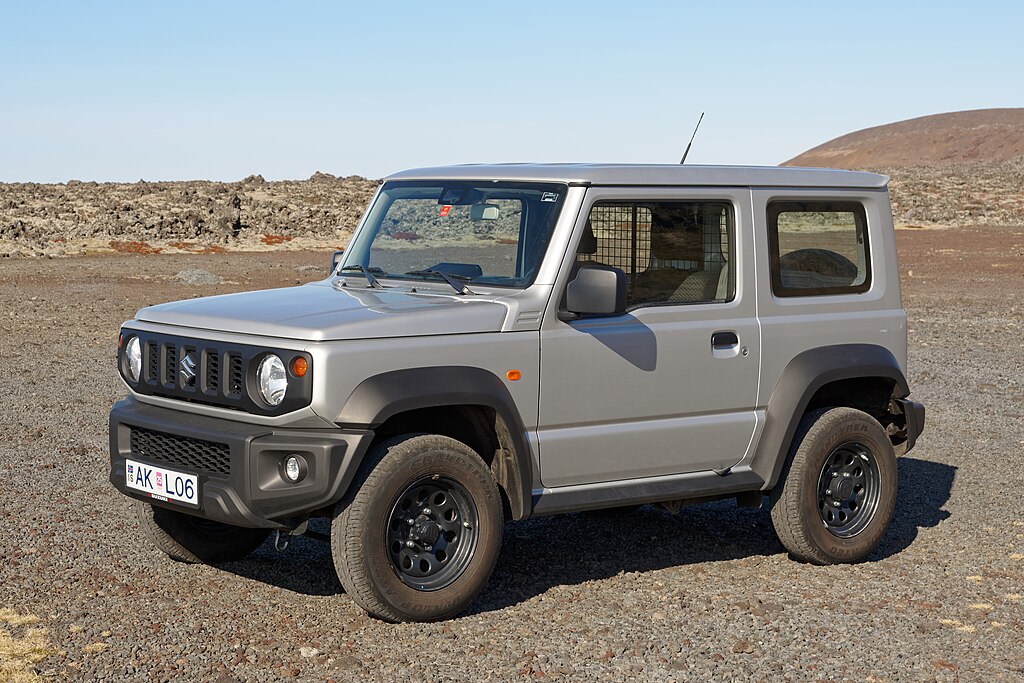 Jakub Hałun, CC BY-SA 4.0, Wikimedia Commons
Jakub Hałun, CC BY-SA 4.0, Wikimedia Commons
Jaguar XJ
The Jaguar XJ has always been an incredibly successful car. Built by the British manufacturer in 1968 as a luxurious saloon car, it went largely unchanged in terms of production design for 24 years (of its 56-year history), barring two minor cosmetic changes in 1973 and 1979. The XJ is famously used by British royalty and heads of state.
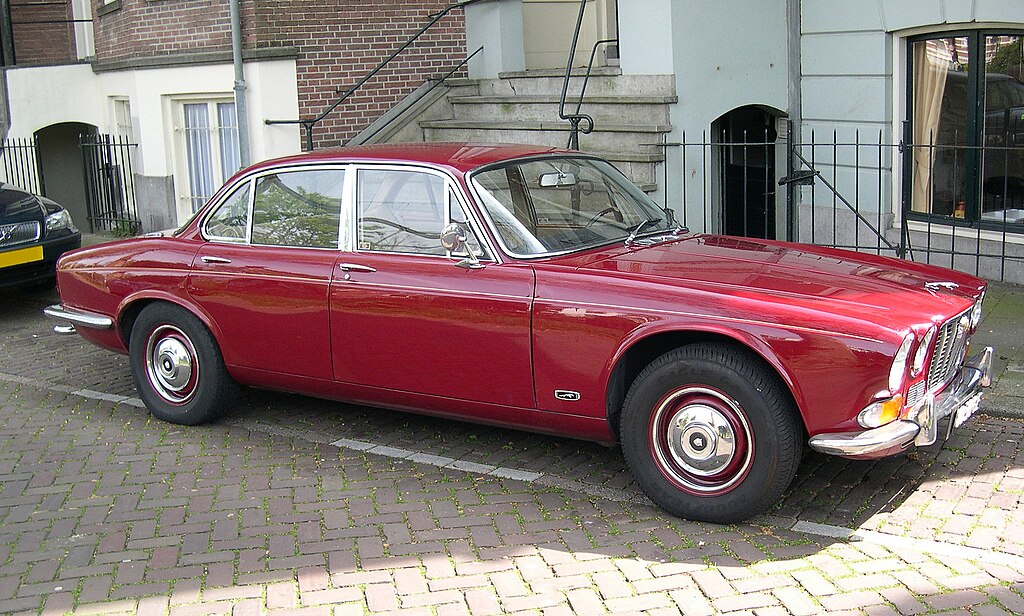 Steven Leussink, Wikimedia Commons
Steven Leussink, Wikimedia Commons
Toyota Century
Alongside being one of the longest production cars ever, the Toyota Century is also Toyota's flagship Japanese vehicle. First released in 1967, the Toyota Century has been used as a dignitary car for Japanese VIPs and heads of state. Equipped with a V8 engine in every model of the first generation, the Century was going for power as well as prowess. Produced over three generations until 2018, when an SUV model was unveiled by Toyota, the Century has been chugging away for 57 years and may yet become a centenarian of car production.
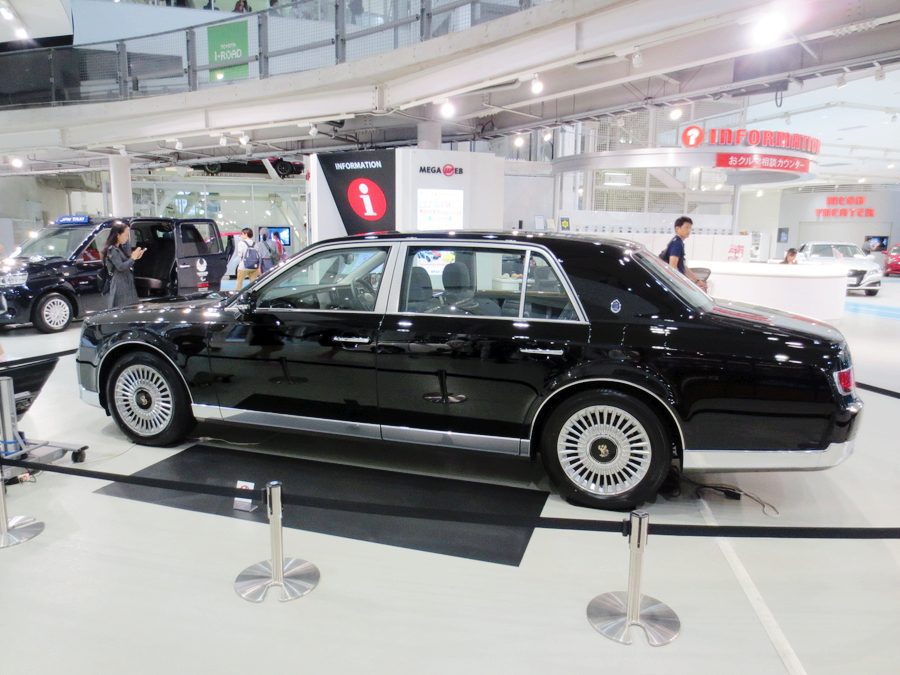 Benespit, CC BY-SA 4.0, Wikimedia Commons
Benespit, CC BY-SA 4.0, Wikimedia Commons
Hindustan Ambassador
The Hindustan Ambassador was produced by Hindustan Motors of India from 1957 until 2014, based on the Morris Oxford Series III built by British car manufacturers Morris Motors. Despite never entering the global market, the Hindustan Ambassador was around for 58 years, making it one of the longest-running production cars in history.
 Vauxford, CC BY-SA 4.0, Wikimedia Commons
Vauxford, CC BY-SA 4.0, Wikimedia Commons
Toyota Corolla
Ah, the old workhorse itself. A family car for generations gone and many to come, the Toyota Corolla may yet live forever. First released in 1966 (coincidentally the year that England last won the World Cup, but I'm sure that has nothing to do with it), the Corolla has consistently performed as one of the best-selling cars in the world since 1974. "Corolla" derives from the Latin name for "small crown". It will likely wear that small crown with pride for many more years, as the 58-year production run of the Corolla marches on.
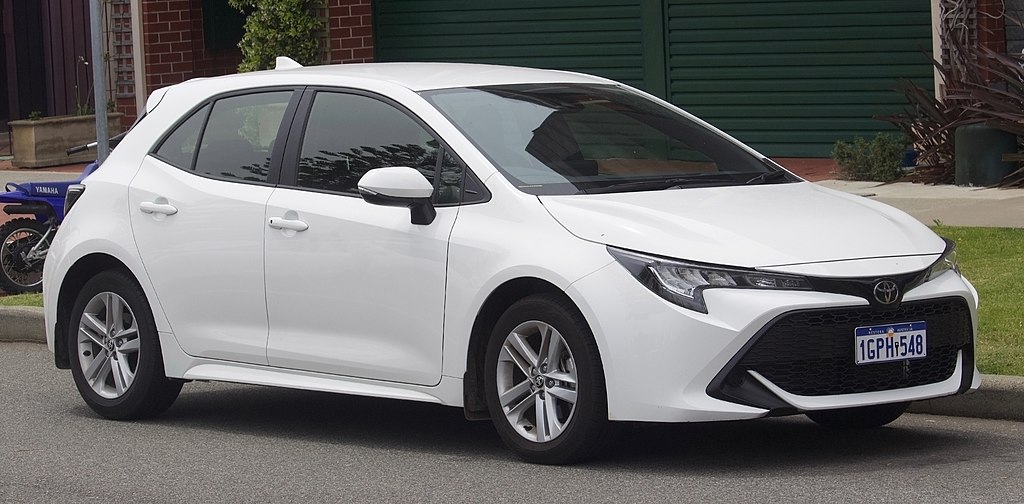 EurovisionNim, CC BY-SA 4.0, Wikimedia Commons
EurovisionNim, CC BY-SA 4.0, Wikimedia Commons
Chevrolet Camaro
Returning to the United States, we have the Chevrolet Camaro. Before the iconic Camaros of the mid-1980s, there was the 1966 Chevrolet Camaro—a two-door, four-seat (two bucket seats) coupe or convertible with multiple engine options, including a V8 that had been developed for Trans-Am racing.
There's a reason the Camaro is recognized as being a classic American muscle car—its 58-year longevity is a testament to that.
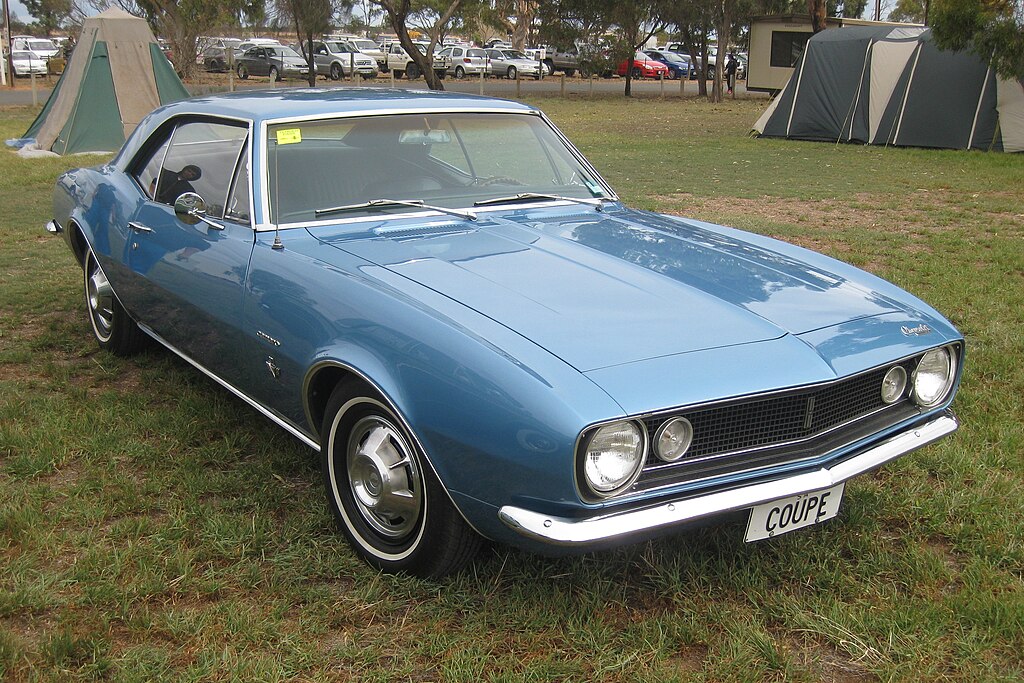 GTHO, CC BY-SA 3.0, Wikimedia Commons
GTHO, CC BY-SA 3.0, Wikimedia Commons
Ford Mustang
Beginning in 1965, the Ford Mustang is perhaps the epitome of American muscle. First available to the public in mid-April of 1964, at a show in Newfoundland, Canada, the Ford Mustang sold like hotcakes there before being introduced at New York's World Fair on April 17, 1964. It was available as a two-door hardtop or convertible.
More than a million Ford Mustangs were built during the first 18 months of its production. And its 59 years of production history and continued success speak to the industrial earthquake that was the Mustang.
 Hans-Jürgen Neubert, CC BY 4.0, Wikimedia Commons
Hans-Jürgen Neubert, CC BY 4.0, Wikimedia Commons
Porsche 911
When the Porsche 911 was released in 1964, it took the world by storm. Based on sketches from Porsche's founder, Ferdinand Porsche, in 1959, the first models had a rear-mounted, six-cylinder, 130-horsepower engine. It had two front and two rear seats and was available in a four- or five-speed manual transmission.
Coming in fifth place in a "Car of the Century" competition, the Porsche 911 will always have a place in motor enthusiast's hearts, which might be why it's sustained production for 60 years.
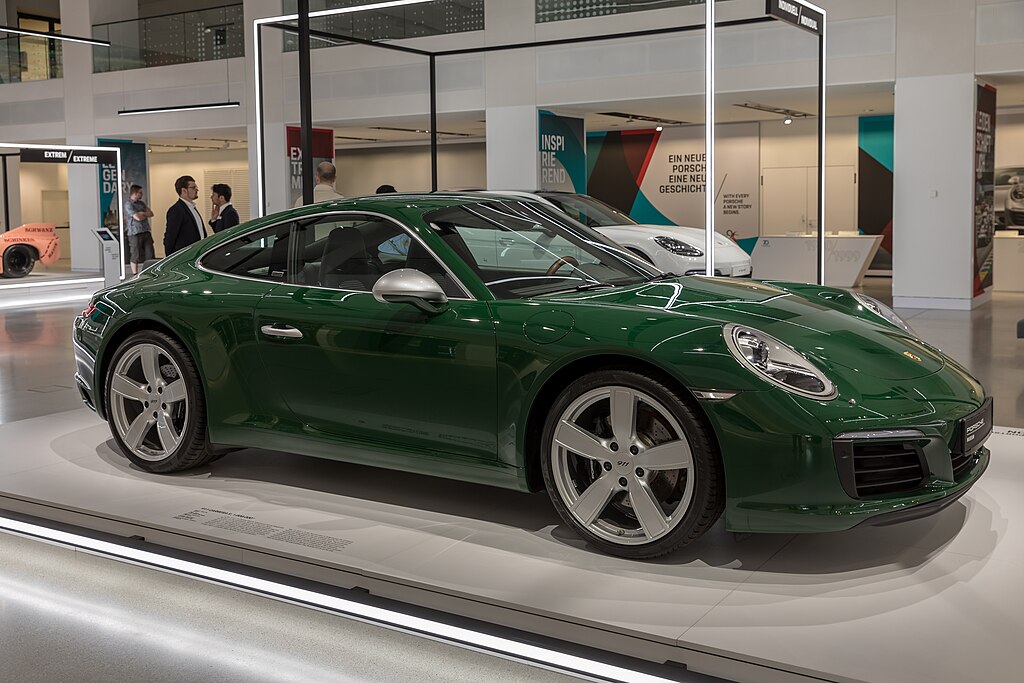 Matti Blume, CC BY-SA 4.0, Wikimedia Commons
Matti Blume, CC BY-SA 4.0, Wikimedia Commons
Nissan Skyline
Before Need For Speed made the Nissan Skyline famous, the model was first introduced as the Prince Skyline in (get this) 1957! It was equipped with an engine previously used in a Subaru 1500 (Subaru's first car), and featured many aesthetic similarities to the American cars of the 1950s. Since 1957, it has undergone myriad changes through 13 generations. The 2023 Nissan Skyline NISMO marked 67 years of production for a car that many will remember from Need For Speed and Fast And Furious.
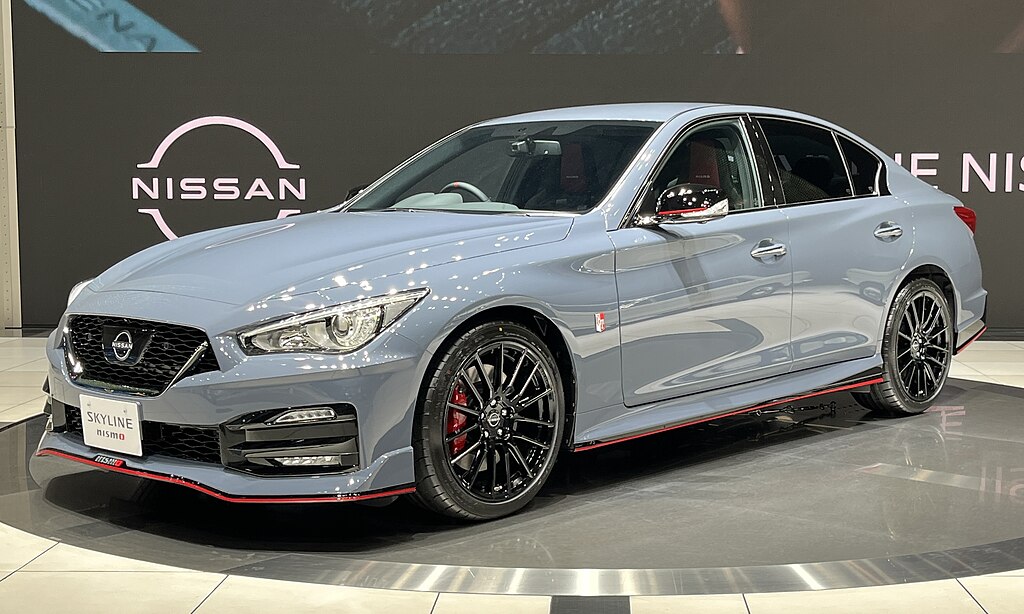 Kazyakuruma, Wikimedia Commons
Kazyakuruma, Wikimedia Commons
Toyota Crown
The Toyota Crown is Toyota's third-ever automobile that it mass produced after the Toyota SA and Toyota A1. The Toyota Crown was a four-door sedan (the rear of which opened to the rear of the vehicle, rather than the front), that offered the Japanese public an affordable transportation option.
The Toyota Crown is the seventh longest-running production car in the world and the second-longest in Japan, with a nameplate history that stretches back 69 years.
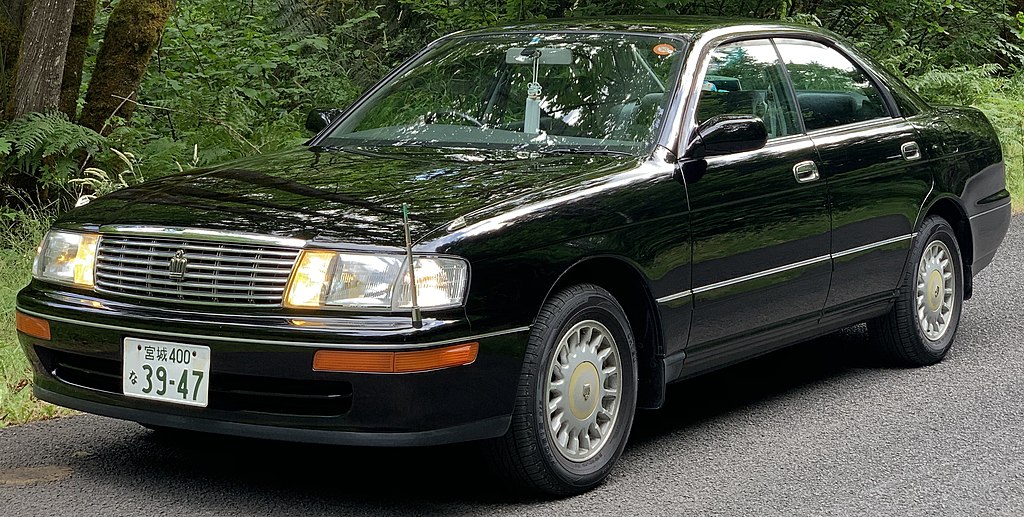 CrownOwner, CC BY-SA 4.0, Wikimedia Commons
CrownOwner, CC BY-SA 4.0, Wikimedia Commons
Mercedes-Benz S Class
The Mercedes-Benz S-Class began with the W180 "Ponton", featuring a 2.2L six-cylinder engine. Although Mercedes didn't officially change the car nomenclature to "S-Class" until 1972, the W180 "Ponton" is generally considered to be of the same family of Mercedes vehicles. The S Class has been produced continuously, therefore, for 70 years, with the W223 S-Class being its latest model.
Chevrolet Corvette
Another American classic on this list is the Chevrolet Corvette. The Chevrolet Corvette first debuted in January of 1953 and interest was so high that the designers brought mass production forward by almost a year, beginning to mass produce the Corvette in June of that year. A unique characteristic of the 1953 Corvette is that it used hand-positioned reinforcements for its fiberglass body panels. It was also a convertible. 300 were produced that year.
While the Corvette's aesthetics have changed plenty in the 71 years since it was first introduced, it'll always have a place among car enthusiasts, particularly the unforgettable 1969 Corvette Stingray.
 Greg Gjerdingen, CC BY 2.0, Wikimedia Commons
Greg Gjerdingen, CC BY 2.0, Wikimedia Commons
Toyota Land Cruiser
Japan's oldest production car—the Toyota Land Cruiser—was first developed for military use in 1936 as the Kurogane Type 95, a four-wheel drive reconnaissance car. Japan's army then captured an American Jeep in 1942, using it as a blueprint to produce the Model AK, which it did successfully for 12 years. In 1954, Jeep sued Toyota, claiming copyright infringement, and Toyota changed the name to "Land Cruiser".
The Land Cruiser was sold under three different designs: heavy duty, light duty, and station wagon. Each model targeted a different market, with the US first being introduced to the Land Cruiser in 1967. Nevertheless, the Land Cruiser has been produced by Toyota (officially) since 1951, making it a 73-year production giant.
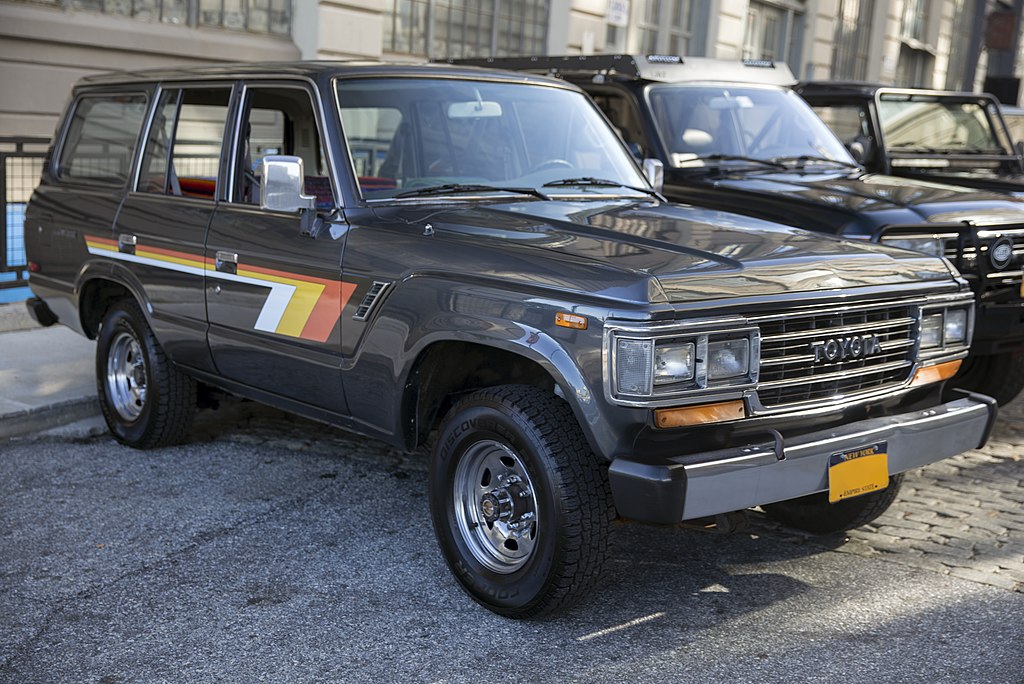 Mr.choppers, CC BY-SA 3.0, Wikimedia Commons
Mr.choppers, CC BY-SA 3.0, Wikimedia Commons
Volkswagen Transporter
The VW Transporter is often seen as the penultimate travel van. It was made famous throughout the 1950s, '60s, and '70s as the vehicle to have as a road-trippin' hippie, and was otherwise known as the VW Bus or VW Van. Officially designated as the Volkswagen Transporter Type 2, it's only Volkswagen's second-ever vehicle they introduced to the market.
It's one of the most iconic vehicles of all time, particularly in its first and second iterations, as the T1 and T2. Having been produced since 1950, its 74 years of production mean that this iconoclast of vehicular engineering isn't going anywhere anytime soon.
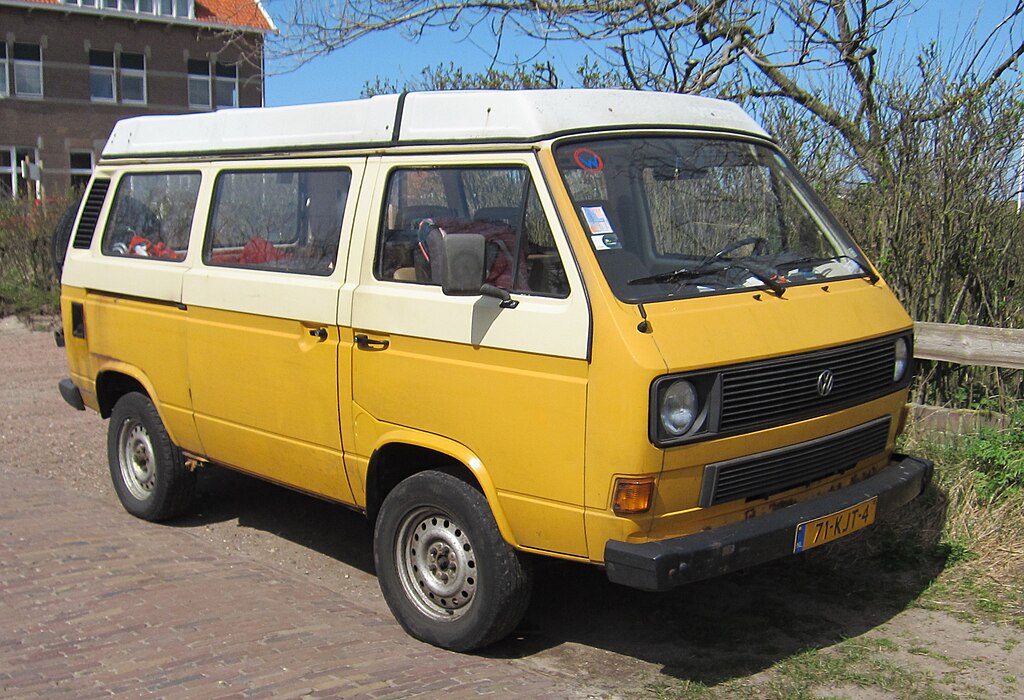 Rutger van der Maar, CC BY 2.0, Wikimedia Commons
Rutger van der Maar, CC BY 2.0, Wikimedia Commons
Ford F Series
The Ford F Series has been produced in the United States since 1948, beginning with the Ford F1, which was followed by a series of 1 thru 8, based on the weight classification that it could handle. The Ford F1 was the ultimate lightweight 1/2 ton pickup for many years. Now in it's 14th generation, it's the second-longest American production vehicle ever with 76 years of production history behind it. The most iconic truck of all-time? Probably.
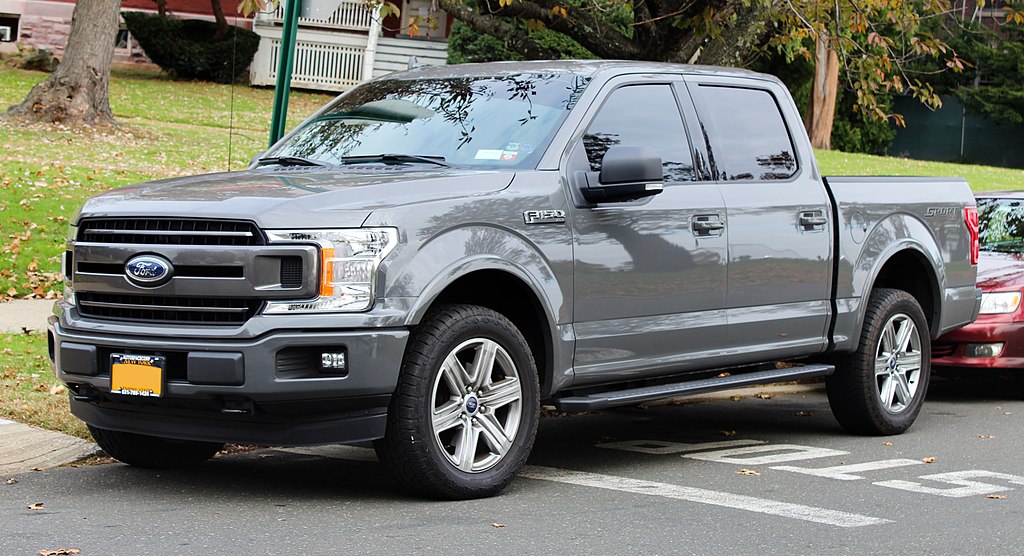 Kevauto, CC BY-SA 4.0, Wikimedia Commons
Kevauto, CC BY-SA 4.0, Wikimedia Commons
Morgan 4/4
Morgan's first car with four wheels was the Morgan 4/4, produced by the Morgan Motor Company of England. First built in 1936, the iconic Morgan had its last hurrah in 2018, when the vehicle was discontinued after 86 years of gorgeous classic vehicle production.
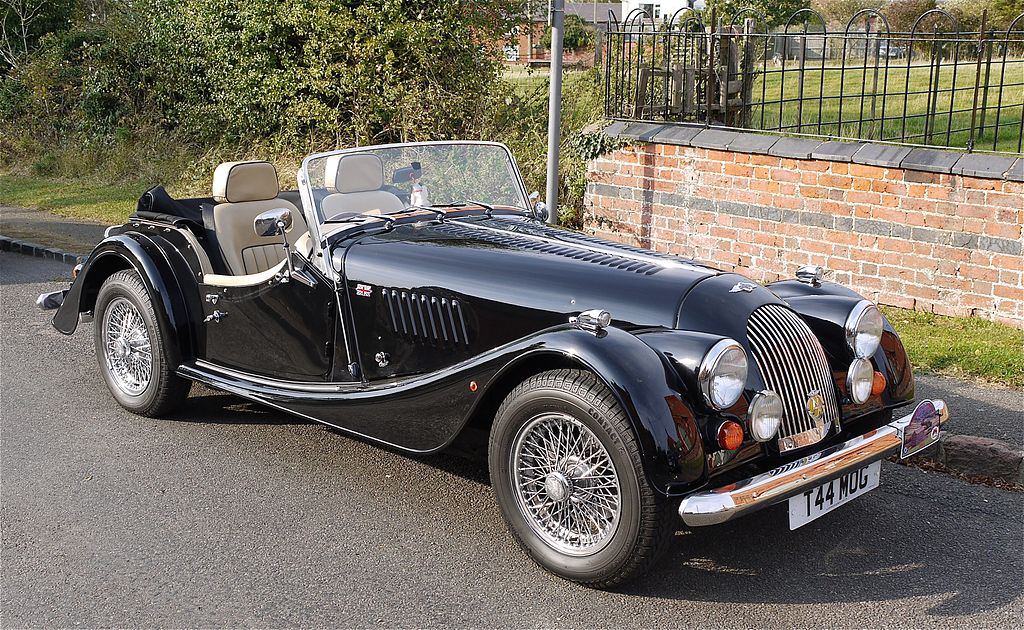 Mick, CC BY 2.0, Wikimedia Commons
Mick, CC BY 2.0, Wikimedia Commons
Chevrolet Suburban
The Chevrolet Suburban is a mid-size SUV that you might not think of as being the American vehicle with the longest production history of all-time. Having been developed since 1933 as a "Carryall Suburban", this station wagon body on the chassis of a small truck had one purpose: Take the whole family and some groceries or luggage to wherever they needed to go. Now into it's 12th generation, the Chevy Suburban's 91 years of production history are a staple of American automotive tradition, marrying functionality and form.
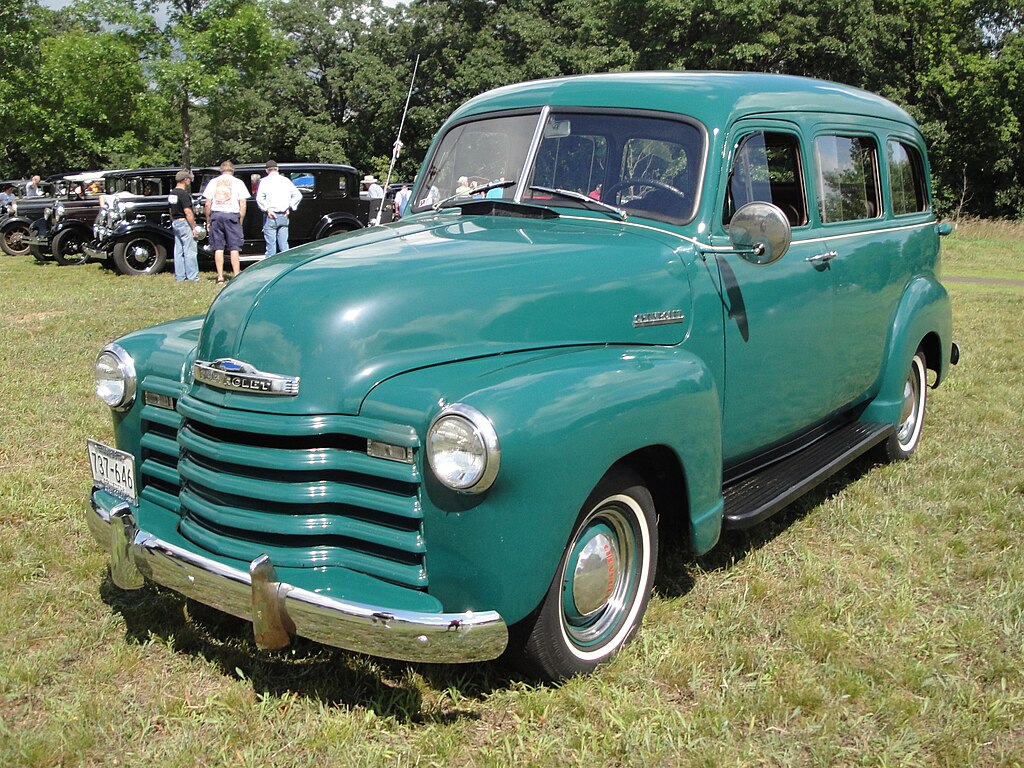 Greg Gjerdingen, CC BY 2.0, Wikimedia Commons
Greg Gjerdingen, CC BY 2.0, Wikimedia Commons
Volkswagen Beetle
The VW Beetle may be one of the most storied cars in history, made famous in movies such as Herbie: The Love Bug in 1968 and preceding sequels, but the VW Beetle's iconic story has more sinister beginnings. It was developed at the request of Adolf Hitler by Ferdinand Porsche (yes, that Ferdinand Porsche) as a car that could transport two adults and three children, as well as having air-cooled engines.
Hitler and the Nazis were intimately involved in the production of the Beetle from 1938 till 1945. The car's longevity of 86 years has far eclipsed its beginnings as a daily driver for the Nazi war machine's most senior members.
Have you ever owned an original model of these long-lasting cars? Does it still run? Let us know your favorite OG American classic in the comments below.


